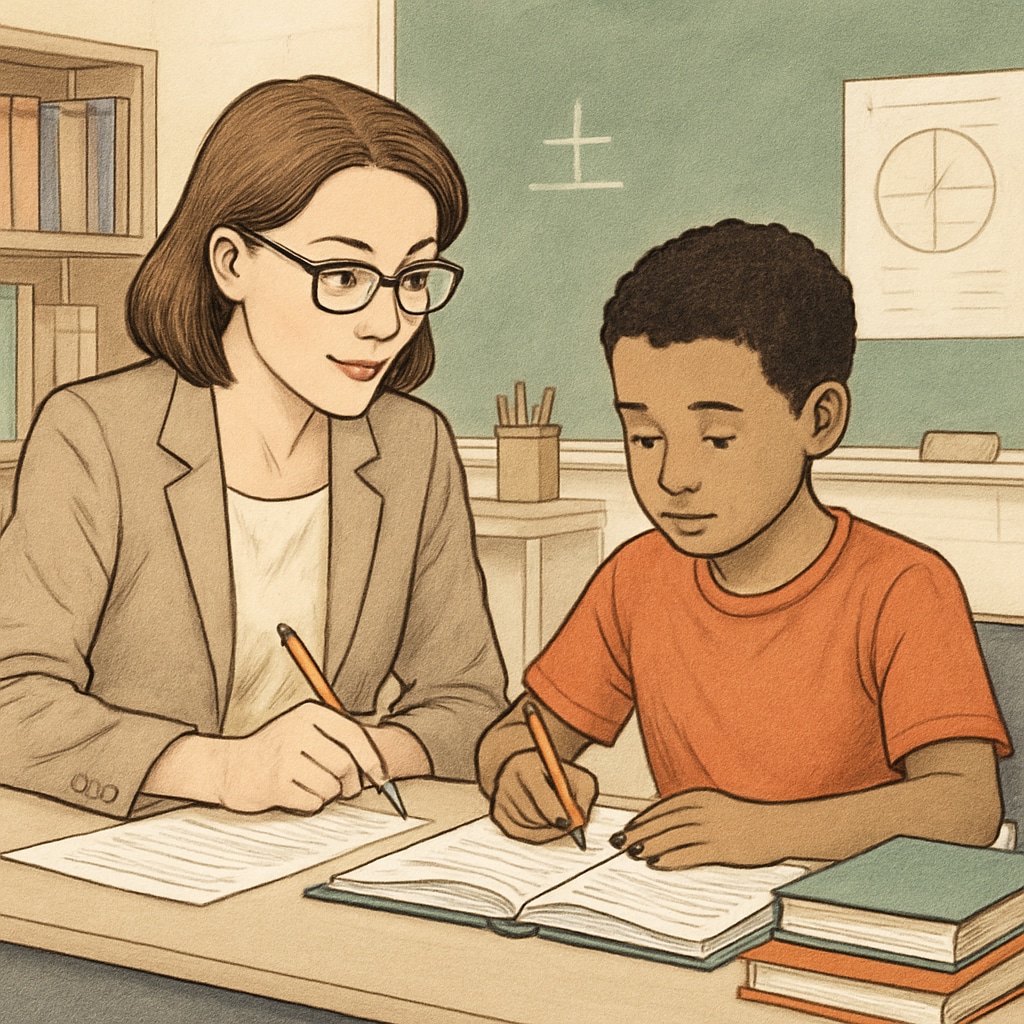In the realm of K12 education, the balance between rigorous teaching and nurturing care is an ongoing ethical dilemma. This challenge is vividly portrayed in the film Whiplash, where a young drummer endures extreme teaching methods designed to push him to his limits. The film raises a critical question: How can educators inspire students to achieve excellence without undermining their mental and emotional well-being? This article will explore the fine line between demanding rigor and compassionate care in education, offering insights into how teachers can foster potential while maintaining respect for students’ developmental needs.

The Dual Nature of Rigorous Teaching
Rigorous teaching methods, often characterized by high expectations and relentless challenges, have been praised for driving students to exceed their perceived limits. In Whiplash, the protagonist’s teacher employs harsh criticism and psychological pressure to cultivate excellence. This approach, while effective in certain cases, raises ethical concerns about its long-term impact on students.
Research has shown that high expectations can lead to outstanding results when combined with proper support. According to a study published in the Encyclopedia Britannica, students often rise to meet the challenges set by their educators. However, unchecked rigor can lead to burnout, anxiety, and a diminished love for learning. The question is not whether to set high standards, but how to do so in a way that respects the individual needs of each student.
Understanding the Role of Care in Education
On the other side of the spectrum lies the importance of care and empathy in teaching. A nurturing approach fosters a safe space where students feel valued and understood. This is particularly vital in K12 education, where emotional and psychological development is as crucial as academic success.
For example, a teacher who builds relationships based on trust and mutual respect can motivate students to take risks and engage deeply with their studies. As noted in Wikipedia’s article on Education, a supportive learning environment is often the key to unlocking a student’s full potential. However, an overemphasis on care without sufficient challenge may lead to complacency, preventing students from reaching their highest capabilities.

Finding the Balance: Strategies for Educators
The ethical dilemma lies in finding a balance between these two approaches. Here are some strategies educators can employ to maintain this equilibrium:
- Set Clear Expectations: Clearly define what success looks like, ensuring that students understand the goals they are working toward.
- Provide Constructive Feedback: Offer feedback that is both honest and supportive, highlighting areas for improvement while recognizing achievements.
- Adapt to Individual Needs: Recognize that each student is unique, and tailor teaching methods to suit varying learning styles and emotional thresholds.
- Encourage Resilience: Teach students how to cope with challenges and failures, emphasizing growth over perfection.
By integrating these strategies, educators can create an environment where rigor and care coexist, fostering both academic excellence and emotional well-being.
The Ethical Responsibility of Educators
Ultimately, the ethical responsibility of educators extends beyond imparting knowledge. Teachers must consider the holistic development of their students, balancing the pursuit of excellence with respect for their mental and emotional health. As Whiplash reminds us, the journey to greatness should not come at the cost of a student’s dignity or well-being.
In conclusion, the balance between rigorous teaching and nurturing care is not a one-size-fits-all solution. It requires constant reflection, adaptation, and a commitment to understanding the unique needs of each student. By striving for this balance, educators can inspire greatness while fostering a lifelong love for learning.
Readability guidance: Short paragraphs and lists are used to ensure clarity. Overuse of passive voice and long sentences has been avoided, and transitions like “however,” “in addition,” and “for example” are incorporated to enhance flow.


